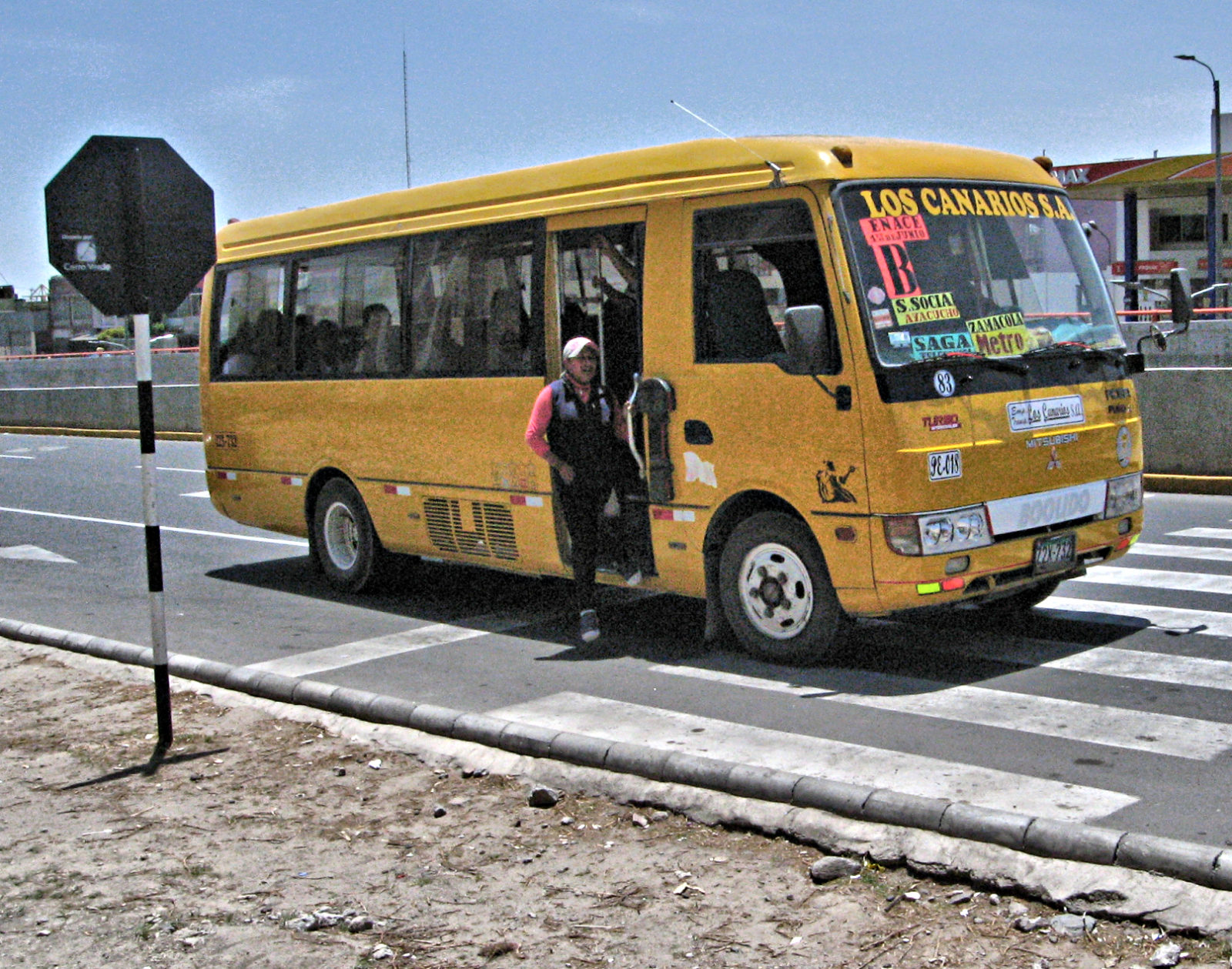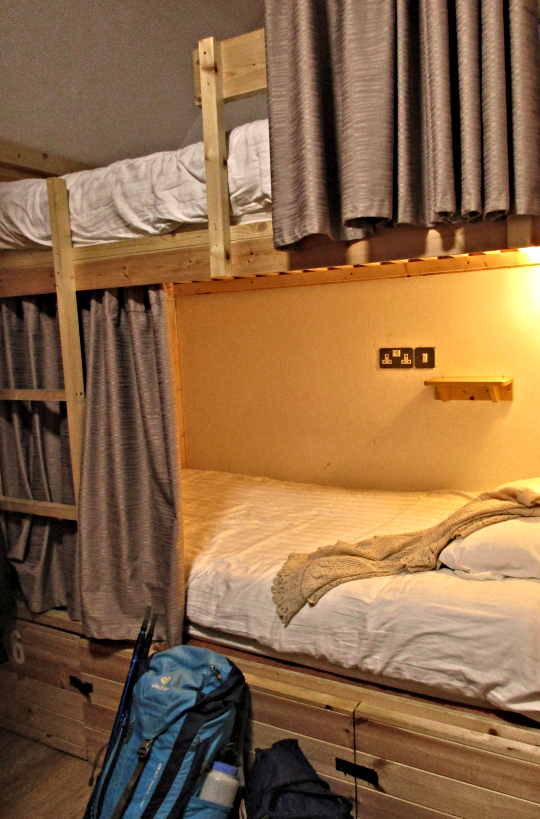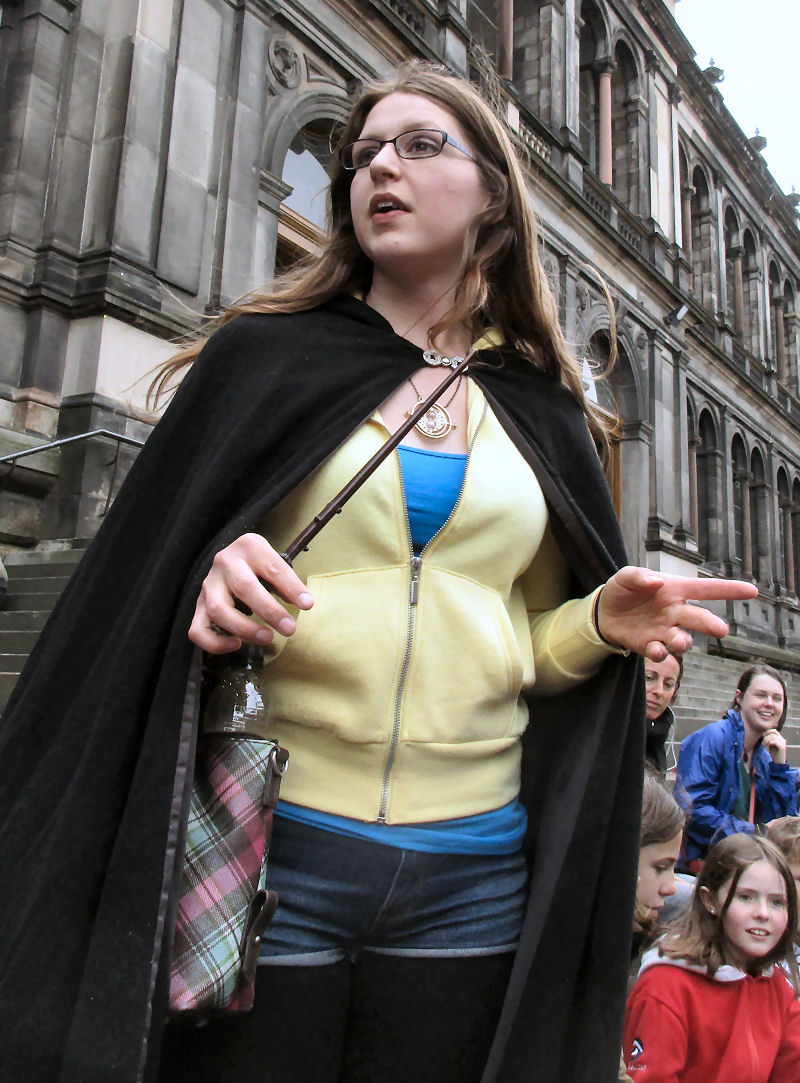
This is the second in a series of articles to help you decide what methods and styles of travel work well for you. Today, I will discuss some considerations regarding frugal travel.
I am, by nature, a person who watches where her money is spent. Some friends and family members have gone so far as to label me “cheap” and “penny-pinching.” However, if I had not watched those pennies/rupees/soles/soms over the past few years, I would no longer be able to hop around the world the way I do.
I spent 13 months in Europe during 2017-18 for less than $1,300 USD per month using the tips in this post.
1. I put together a travel budget before I leave home.
Here’s how:
While doing preliminary research for destinations, find out approximately what you can expect to pay for meals, lodging and transportation. Here are some ways to do that:
- Google “cost of traveling (country name).” Make sure any links you choose are recent (preferably written within the last year or so).
- Use a guesthouse or hostel booking site (like Booking.com or AirBnB) to plug in some planned destinations and dates to get an idea of what your lodging costs might be.
- Use Google maps to find cafés and restaurants at your destination. Check the reviewer photos to look at menu images or visit a sampling of café sites to see if they post menus. This will give you an idea of the cost of eating out.
- If you are planning bus or train journeys, visit the websites for the train and bus companies to get an idea of fares.
- Remember to add in your expected airfares, admission fees, and incidental costs, like gifts, personal care items, etc.

My handwritten budget planning sheet from my first four-month trip to Peru in 2014.
This may all sound like a lot of trouble, but it will prevent expensive surprises once you are on your trip.
2. I record all my expenditures.
For most people, just having to write down all expenditures provides an incentive to spend less. By keeping track, you can allow the occasional splurge in one category when you see that you have saved money in another. Also, you can see when some belt-tightening is needed.
I like to use an Excel or Google spreadsheet to keep track of my expenses, but many travelers recommend the Trail Wallet app for smart phones. Use it to create a budget and keep track of expenses.

I keep track of my expenses by category in my journal and record them on a spreadsheet when it is convenient.
Download more tips for recording your expenses and a free Travel Expenses spreadsheet template here:

3. I prepare many of my own meals.
My strategy for affording to visit some of my favorite European countries includes preparing most of my own meals and saving restaurants for the occasional special treats or opportunities to sample local fare.
I look for hostels and guesthouses that have some kind of kitchen—especially when staying in one place for several nights or more.
4. I take my time when arriving in a new country to get my bearings.
Being rushed to jump into a taxi as soon as you clear customs usually results in an overpriced ride to the city center. Slow down, take a breath, ignore the hoard of taxi drivers, ask questions at the information desk, stop for a coffee, get your bearings. You can read my suggestions for doing so at: CathleensOdyssey.com/taxi-paparazzi
5. I make financial transactions in the local currency.
When using a credit card, if you have a choice of local or home currency, select the local currency. You will almost always get a better exchange rate.
6. I try to find ATMs (cash machines) that do not charge a transaction fee.
If that is not possible, I usually opt to withdraw as much cash as I think I will need for a week or more, so I only pay the fee a minimal number of times.
7. I use public transportation as much as possible.
Your cheapest option for getting around is by local bus, tram, tuk-tuk, or combi. When researching your destination, be sure to learn a little about the local transportation system. Wikitravel.org and Rome2Rio.com are excellent starting places.

Getting on a local bus can be an intimidating, especially when it is crammed full of people. This can be one of those “I gotta’ get out of my comfort zone” moments. If it makes you nervous, reading about my experience of getting on my first local bus in Arequipa, Peru might help.
8. When traveling solo, I often stay in hostel dorm rooms
They are not just for 20-somethings! And there are other advantages.
The hostel staff can be very helpful in orienting you to the local environment and activities. They understand that you are traveling on a budget and often offer economical tours of their own. In rural areas, they seem to know all the hiking and biking trails. Some hostels will host barbeques, movie nights or other special events. And tables in the dining room are oriented to encourage people to eat together and visit.
Read more about hostel lodging at Hostels: They’re Not Just for 20-Somethings.

Here is one example: My comfortable and private hostel bed in Killarney Hostel in Ireland. Large lockable drawers were conveniently located under the bunk; each guest had their own electrical outlets, shelf, and reading light; and there was plenty of headroom between bunks.
9. When staying a week or more, I check for long-stay discounts.
Even if a discount rate is not listed when you are searching for lodging at a booking site, it is worth sending a private message to the host and ask if they have a discount for weekly or monthly rentals. I have saved up to 40% when staying in one place for a month using this tip.
Keep in mind that your lodging includes utilities and maid service, sometimes breakfast, and almost always free wi-fi. Compare that with your daily living costs at home.

By asking my host about monthly discounts in advance, I paid less than $300 USD/month for this cozy guesthouse in Otavalo, Ecuador.
10. I travel thematically.
This means meeting people and having experiences instead of visiting expensive attractions.
11. I am selective about the sites I do visit
I don’t follow the crowds to just any tourist attraction. I only visit sites based on my interests. Then, because I am so interested, I often stay all day and get my money’s worth!
12. I look for “free” city walking tours.
These are available in many places. Check with the tourism office when you arrive. There is an expectation that you tip the guide at the end of the tour, based on what you decide the tour is worth.
The best free walking tour I have taken was the Harry Potter tour in Edinburgh, Scotland—the place where J.K. Rowling wrote her brilliant series. Our guide was dressed in a cape and carried her wand!

13. I look for discounts
Some of the organizations to which you belong may offer discounts worldwide. If you are under 26 or over 55 years old, you will probably find many lodging and transportation discounts. Admission to many sights and attractions provide discounts to seniors and students. I was pleasantly surprised to discover that I could purchase a Senior Railcard in the United Kingdom that would save me 30% on almost all my train travel.
Download more tips for recording your expenses and a free Travel Expenses spreadsheet template here:

14. When making one-way reservations, I check to see if a round-trip ticket is cheaper.
This is not unusual on trains and ferries in Europe. When this is the case, I book the round trip but just don’t use the return portion.


I saved about 30 Euros by booking a round trip (instead of a one-way) ticket on the Tallink overnight ferry between Stockholm and Tallin, Estonia — enough to make it possible to enjoy my own private cabin for a good night’s sleep!
15. I limit the purchase of souvenirs.
Collect memories, friends, experiences, and photos instead. Keep a journal—in 10 years it will be much more precious to you and your family than anything you buy in a gift shop. If you are perusing craft and souvenir markets for gifts or keepsakes, use my method for attending markets and fairs of all kinds.
It takes a little longer, but I rarely go over budget.
Cathy’s Fool-proof Method for Shopping in Markets and Fairs
(Caution: Requires discipline!)
Before visiting the market, make a list or notes about what you are looking for. Set a spending limit.
Once at the market, walk through most or all of the aisles of vendors one time through without purchasing anything. Keep your camera and notepad busy recording any items that catch your eye along with prices. What is special about it? Which vendor is selling it. How much does it cost? Do you like the vendor?
Retreat to a café for a snack or lunch and go over your list thinking about which items you really want to purchase. What will its use be? If it is a gift, will the recipient really like it?
Make a few wise choices and maybe a few frivolous ones, or prioritize the list. Add up the total cost. If you are over budget, make some cuts, or consider bargaining with the vendor.
Once you are under budget, the fun begins. You can return to the market and make your purchases.
As a result of using this method for many years, I have left festivals and markets with some pretty incredible finds and no remorse the next day.
16. I usually wash my clothes a few at a time in my room.
Laundry costs can mount up. It doesn’t take long to wash clothes if you don’t let them pile up. Packing light helps. You will have to wash clothes more often and having only a few items at a time makes it easier.
Of course, when laundry is provided free by your lodging, take advantage of it.
17. I embrace low-season travel.
Yes, many sites are closed or have diminished hours. It can be cold (or very hot) in some locations. But you many find some deep discounts. I often received 20-25% off the already reduced low-season rate in hostels in Ireland and Scotland.
The other advantage of low-season travel is that people in shops and cafes have more time to spend with you.

My favorite low-season memory: Right after Christmas, there were almost no tourists on Aran Island off the west coast of Ireland. A 90-mile-per-hour storm was raging outside, but I was cozy and happy in this tiny pub enjoying a Guinness and knitting with the bartender by the fire.
18. I don’t plan my next destination at the last minute.
If you start researching transportation and lodging at least three to four weeks (or more during high season) ahead, you have time to find discounts and look for reduced fares.
One More Suggestion!
I rarely take advantage of this because I already work remotely while traveling. Consider taking part in work-exchange opportunities. For about 20 hours of work a week, you will be provided room and, sometimes, board. There can be other perks, like learning a new skill or free use of facilities. The jobs can be anything: cleaning rooms, farm and garden work, food preparation, teaching English, working with animals—you name it. If you have a special skill that you enjoy performing, look for opportunities to use it. Work exchanges can last from a week to several months.
A couple of websites to check are Workaway.info and Worldwide Opportunities on Organic Farms (Wwoof.net). You can also google, “travel work exchange” for more options as well as many blog posts about how this kind of travel works.

For 20 hours of work a week on this beautiful Hawaiian farm, we received lodging with a quiet beach in walking distance.
As you become an experienced traveler, you will find even more ways to save money that fit your travel style and level of comfort. Feel free to share your tips in the comments below.
Other Blog Posts You May Find Interesting

Is Long-Term Travel for You?
Maybe you feel that the two-to-three weeks of vacation time you get every year is just not enough. I used to say, “Gosh, if I’m going to go to the trouble and expense to travel that far, I want to stay a while!”

Slow Down, You Move too Fast
You won’t see as much of your destination country, but your travel experience will be much more memorable and deeper—not to mention the very special perk of meeting and becoming friends with locals.

Do-It-Yourself Travel
Most independent travelers like to choose their destinations and itineraries based on their own interests, and they like to do all or most of their own travel research.


